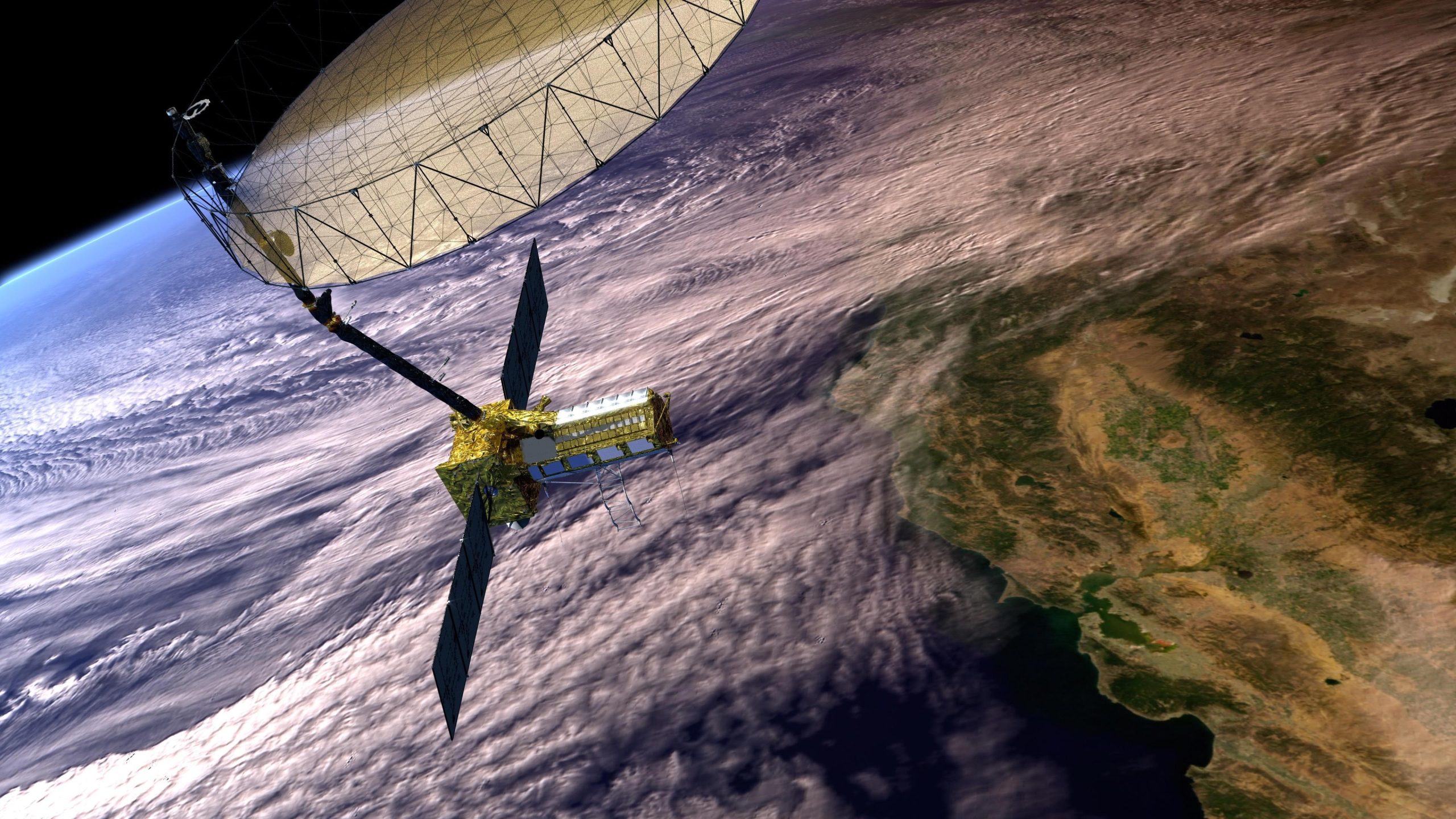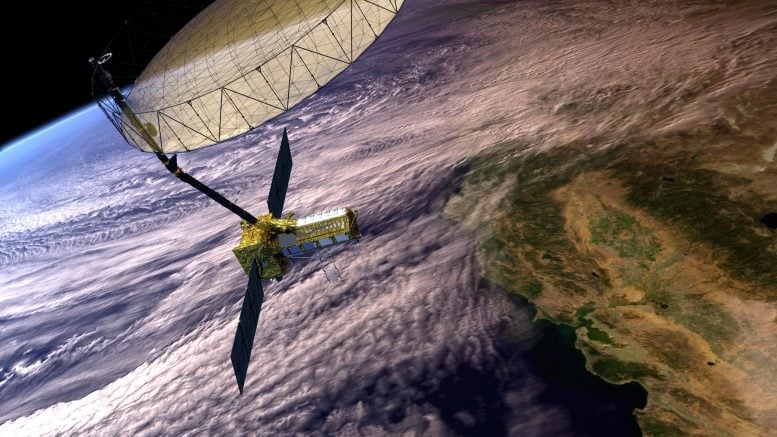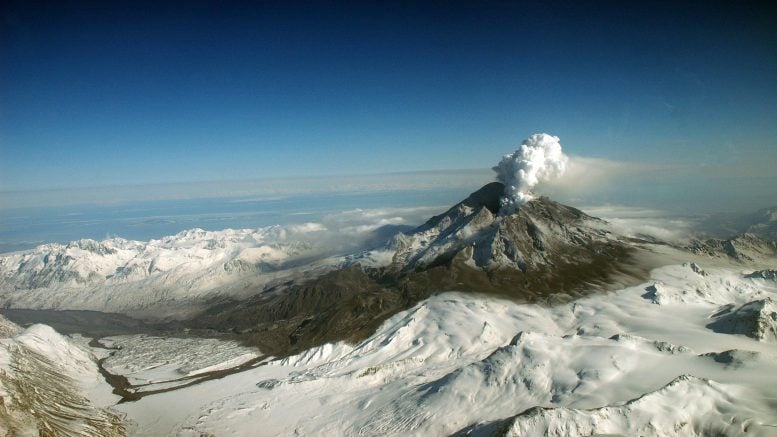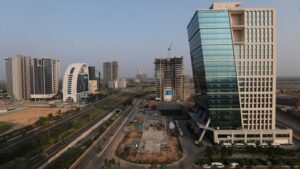

NASA and ISRO’s NISAR satellite aims to revolutionize our understanding of Earth’s surface movements with frequent global scans.
By detecting minute motions in land and ice, the satellite will enhance predictions for earthquakes and volcanic eruptions, and monitor infrastructure stability in ways previously not possible, saving significant time and resources in disaster management.
Monitoring Earth’s Movements
Earth’s surface is constantly in motion, even though we don’t often notice it. Scientists have long used satellites and ground-based instruments to track movements related to earthquakes, volcanoes, landslides, and other geological events. Now, a new satellite developed by NASA and the Indian Space Research Organisation (ISRO) aims to deepen our understanding of these shifts—and could even help us better prepare for, and recover from, natural and human-made disasters.
The NISAR (NASA-ISRO Synthetic Aperture Radar) mission will monitor the movement of nearly all the planet’s land and ice-covered surfaces twice every 12 days. This frequency of data collection will provide researchers with a more complete picture of how Earth’s surface changes over time. “This kind of regular observation allows us to look at how Earth’s surface moves across nearly the entire planet,” explains Cathleen Jones, NISAR applications lead at NASA’s Jet Propulsion Laboratory (JPL) in Southern California.

Together with complementary measurements from other satellites and instruments, NISAR’s data will provide a more complete picture of how Earth’s surface moves horizontally and vertically. The information will be crucial to better understanding everything from the mechanics of Earth’s crust to which parts of the world are prone to earthquakes and volcanic eruptions. It could even help resolve whether sections of a levee are damaged or if a hillside is starting to move in a landslide.
Advanced Radar Technology
Targeting an early 2025 launch from India, the mission will be able to detect surface motions down to fractions of an inch. In addition to monitoring changes to Earth’s surface, the satellite will be able to track the motion of ice sheets, glaciers, and sea ice, and map changes to vegetation.
The source of that remarkable detail is a pair of radar instruments that operate at long wavelengths: an L-band system built by JPL and an S-band system built by ISRO. The NISAR satellite is the first to carry both. Each instrument can collect measurements day and night and see through clouds that can obstruct the view of optical instruments. The L-band instrument will also be able to penetrate dense vegetation to measure ground motion. This capability will be especially useful in areas surrounding volcanoes or faults that are obscured by vegetation.
The NISAR mission will measure the motion of Earth’s surface — data that can be used to monitor critical infrastructure such as airport runways, dams, and levees. Credit: NASA/JPL-Caltech
Earthquake and Volcano Prediction Enhancements
“The NISAR satellite won’t tell us when earthquakes will happen. Instead, it will help us better understand which areas of the world are most susceptible to significant earthquakes,” said Mark Simons, the U.S. solid Earth science lead for the mission at Caltech in Pasadena, California.
Data from the satellite will give researchers insight into which parts of a fault slowly move without producing earthquakes and which sections are locked together and might suddenly slip. In relatively well-monitored areas like California, researchers can use NISAR to focus on specific regions that could produce an earthquake. But in parts of the world that aren’t as well monitored, NISAR measurements could reveal new earthquake-prone areas. And when earthquakes do occur, data from the satellite will help researchers understand what happened on the faults that ruptured.
“From the ISRO perspective, we are particularly interested in the Himalayan plate boundary,” said Sreejith K M, the ISRO solid Earth science lead for NISAR at the Space Applications Center in Ahmedabad, India. “The area has produced great magnitude earthquakes in the past, and NISAR will give us unprecedented information on the seismic hazards of the Himalayas.”
Surface motion is also important for volcano researchers, who need data collected regularly over time to detect land movements that may be precursors to an eruption. As magma shifts below Earth’s surface, the land can bulge or sink. The NISAR satellite will help provide a fuller picture for why a volcano deforms and whether that movement signals an eruption.
Continuous Monitoring for Infrastructure Safety
When it comes to infrastructure such as levees, aqueducts, and dams, NISAR’s ability to provide continuous measurements over years will help to establish the usual state of the structures and surrounding land. Then, if something changes, resource managers may be able to pinpoint specific areas to examine. “Instead of going out and surveying an entire aqueduct every five years, you can target your surveys to problem areas,” said Jones.
The data could be equally valuable for showing that a dam hasn’t changed after a disaster like an earthquake. For instance, if a large earthquake struck San Francisco, liquefaction — where loosely packed or waterlogged sediment loses its stability after severe ground shaking — could pose a problem for dams and levees along the Sacramento-San Joaquin River Delta.
“There’s over a thousand miles of levees,” said Jones. “You’d need an army to go out and look at them all.” The NISAR mission would help authorities survey them from space and identify damaged areas. “Then you can save your time and only go out to inspect areas that have changed. That could save a lot of money on repairs after a disaster.”

